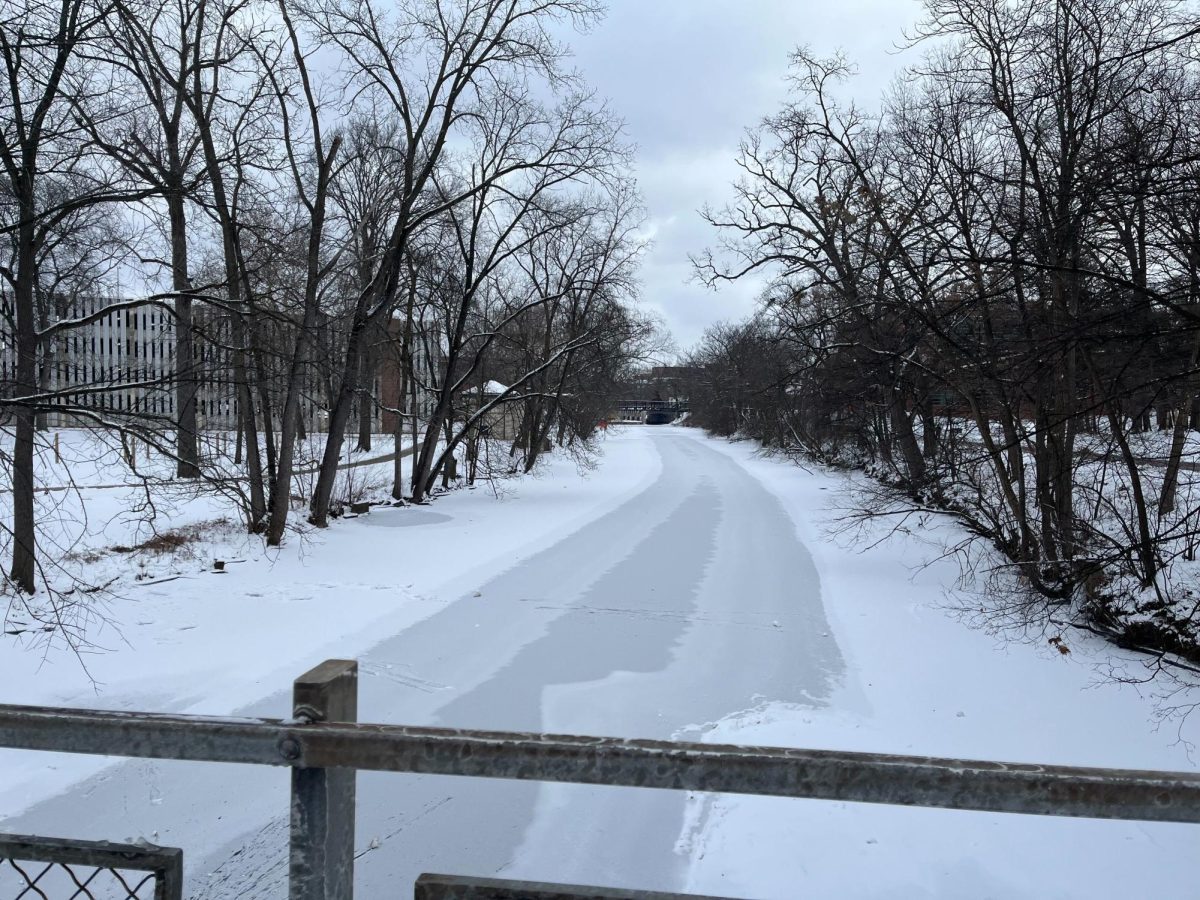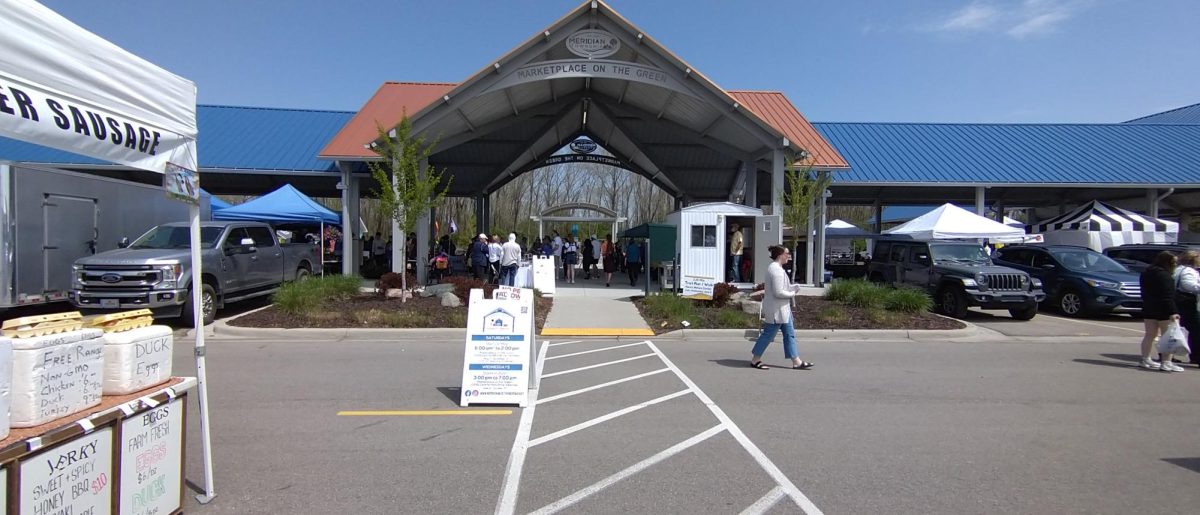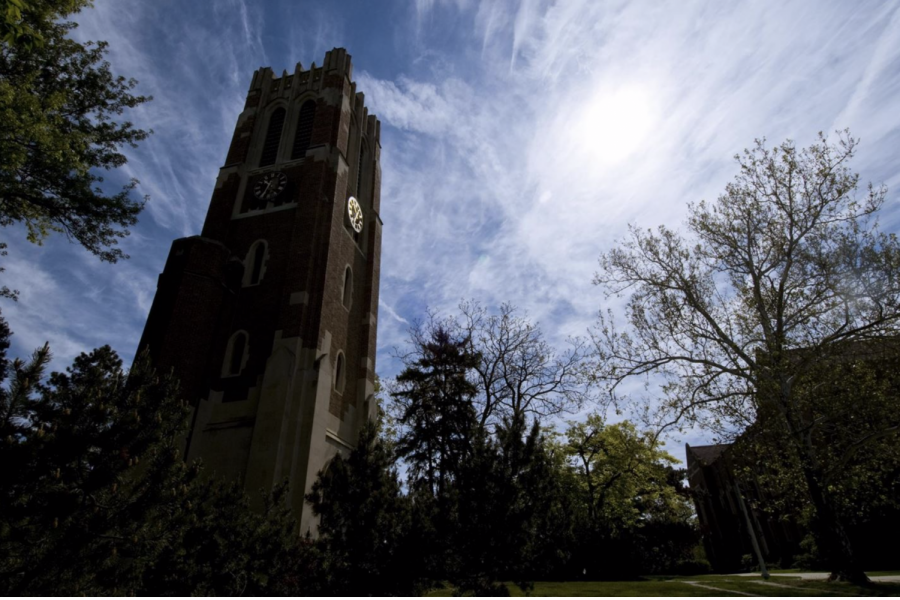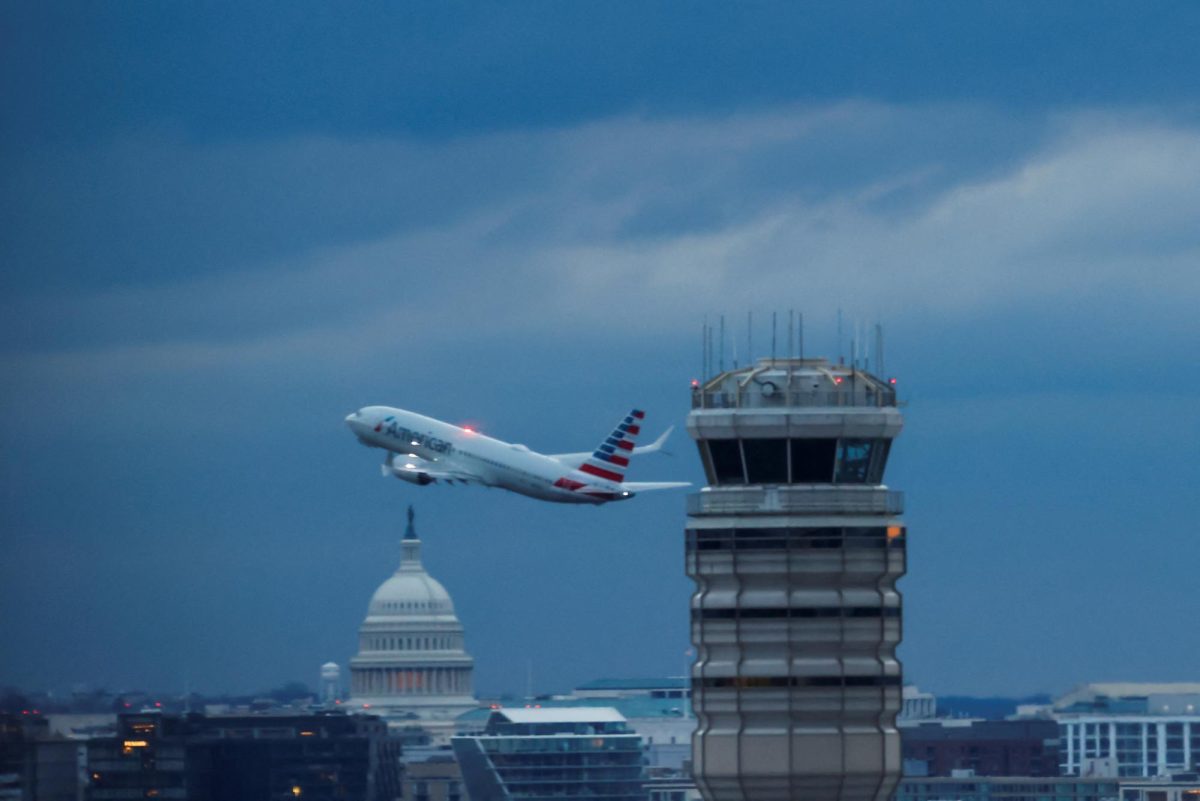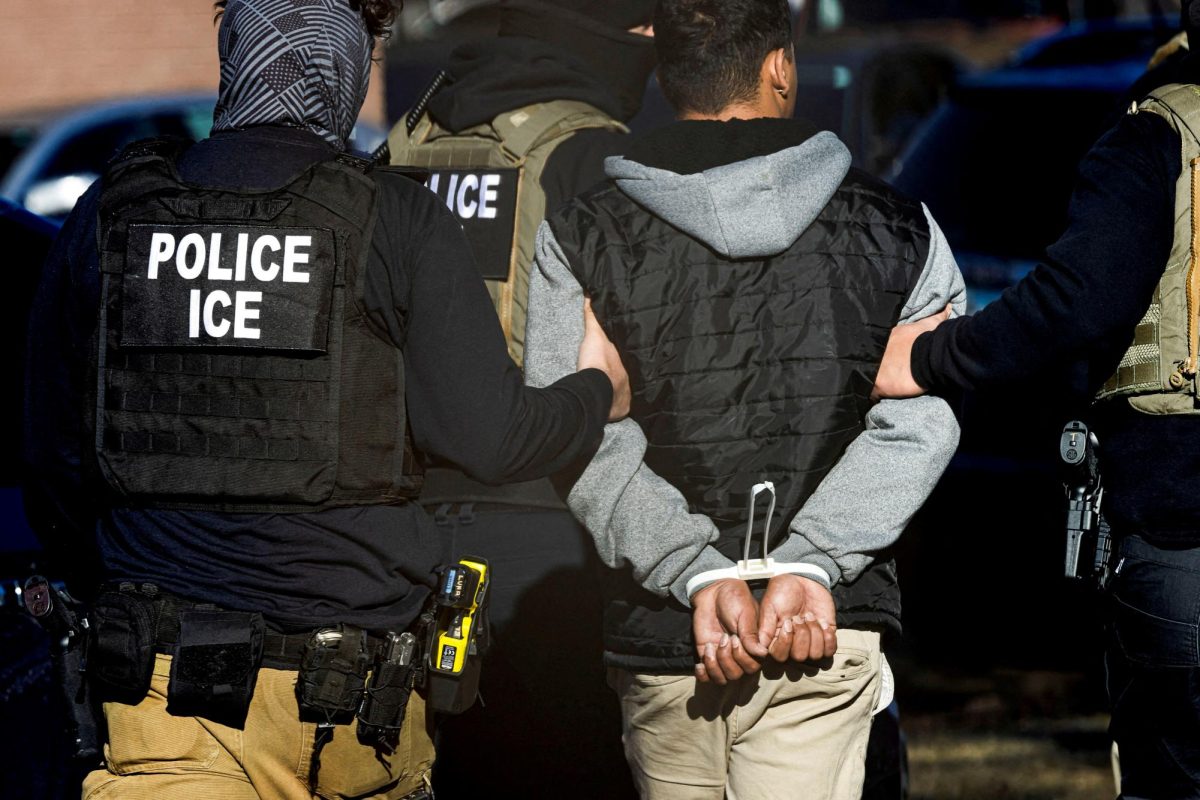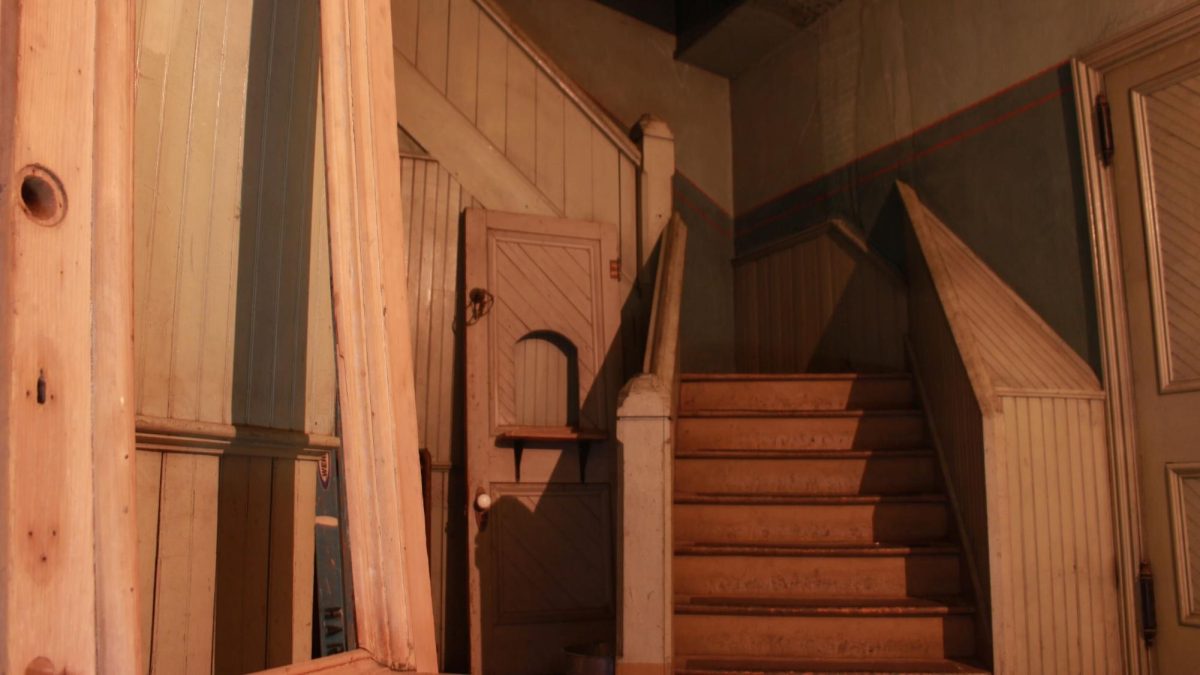At the end of 2023, the lyrics of Irving Berlin likely rang relatable to many MSU students: “I’m dreaming of a White Christmas.”
As Christmas came and went this year, Midwesterners were left wondering: where’s the snow?
Back in October, The National Oceanic and Atmospheric Administration (NOAA) predicted drier-than-average weather and warmer temperatures this winter due to the El Niño weather pattern, and this was mostly proven true as 2023 marked Michigan’s second-warmest December on record.
However, the U.S. experienced a brutal cold wave last week that shattered those predictions like the ice covering the roads right now. While the mild air near Lake Erie spares Michigan from worse weather conditions, temperatures have dropped below zero for days on end and wind chills have steeped as low as minus 20 degrees Fahrenheit.
Statewide advisories were issued throughout the week warning of frostbite and hypothermia, leading to hundreds of metro Detroit schools shutting down affecting more than half a million students.
While this feels unprecedented, deep freezes in Michigan aren’t anything new. In late January of 2019, the state experienced a similar polar vortex that reached record low temperatures. It was so bad, Michigan Governor Gretchen Whitmer was forced to declare a state of emergency. A total of three people died from the extreme cold, including 60-year-old John Duda from East Lansing.
The turbulent conditions have also made it very difficult for students to travel, whether it be for class or social activities.
“Me and my roommates seem to stay in more than usual, or get rides from each other to class sometimes,” said Danny Drennan, a fourth-year MSU student.
“I feel like the buildings are always warm when I enter so that’s not a big burden. However, getting to classes is the more difficult part,” Drennan said. “Not having a car plus living off campus makes it really difficult to get to class when I don’t feel like making a 30 minute walk to class in zero-degree weather. On top of that, the bus system has been pretty unreliable with being on time and sometimes the bus is full and will drive right past you.”
Due to construction on campus, a plethora of main roads are closed down and detours are in place. Combined with these detours and icy roads, CATA buses have been unreliable this week, forcing students to walk in dangerous conditions to attend class.
“One way I like to stay safe is to always dress warm out in the cold, and I like to keep a pair of gloves and hat in my backpack for whenever I might need it,” Drennan said.
Though not as lethal, this sudden wave of cold at the end of the month mirrors previous conditions. Their common link has to do with sudden changes in the polar jet stream—a stream of high-speed winds that span across the polar front—that drags Arctic air downwards into regions that aren’t used to those conditions.
Changes in the flow of the polar jet stream often happen in tandem with changes in the stratospheric polar vortex: a large area of cold air and pressure covering the North Pole. When the polar vortex stretches farther than normal, cold air is pushed into regions like the Midwest.
Last week’s “cold blast,” fits well into this pattern, seeing that the polar vortex is stretched extremely far over the U.S. Arctic Amplification, meaning the accelerated warming of the arctic due to sea ice loss, has created high-latitude weather over the past few weeks that is theorized to be the cause of the stretching vortex.
As the state continues to suffer the consequences of climate change, can we look forward to a future where we’re not concurrently burning and freezing to death?
Directives such as the MI Healthy Climate Plan created by Governor Whitmer present a roadmap toward 100% carbon neutrality by 2050, and the plan is aligned heavily with the Paris Agreement. This action taken in November has made Michigan a national leader in climate change mitigation efforts, as well as the number one state in the Midwest for clean energy jobs.
While Michigan is trying to take initiative, not much will be done unless other states and the federal government follow suit.
Michigan residents and MSU students may be looking at even deadlier weather conditions next year if legislation doesn’t change, making the upcoming presidential election particularly important. As primary election season approaches, students should keep this dangerous week in mind when they go to the polls.



